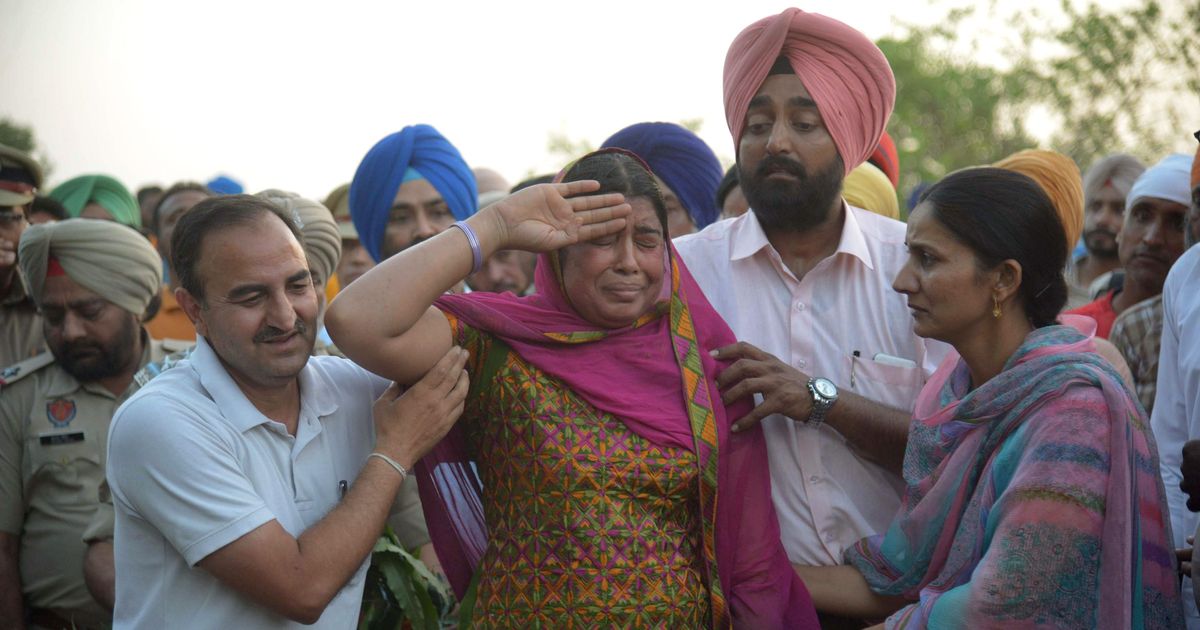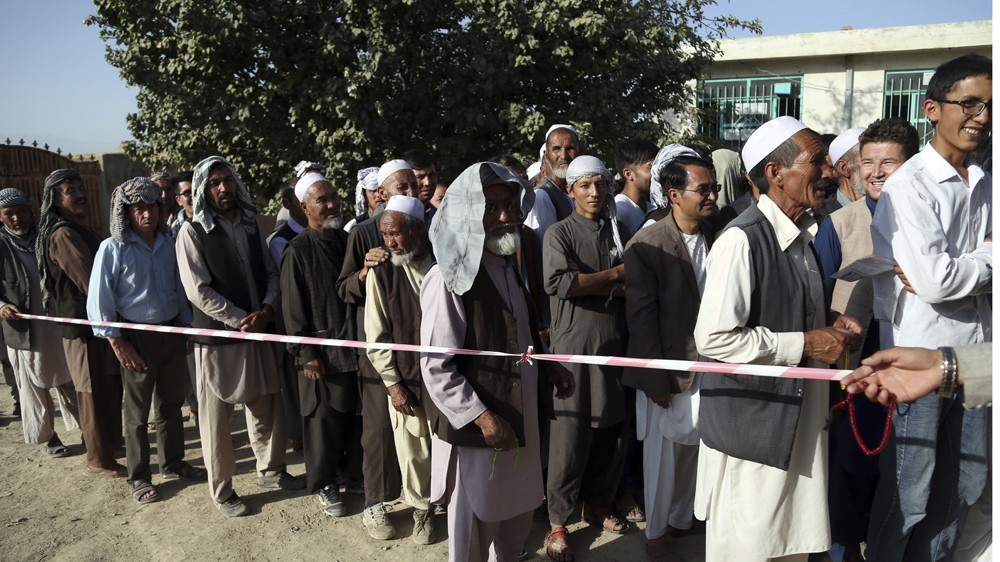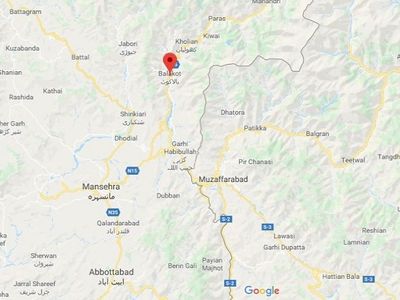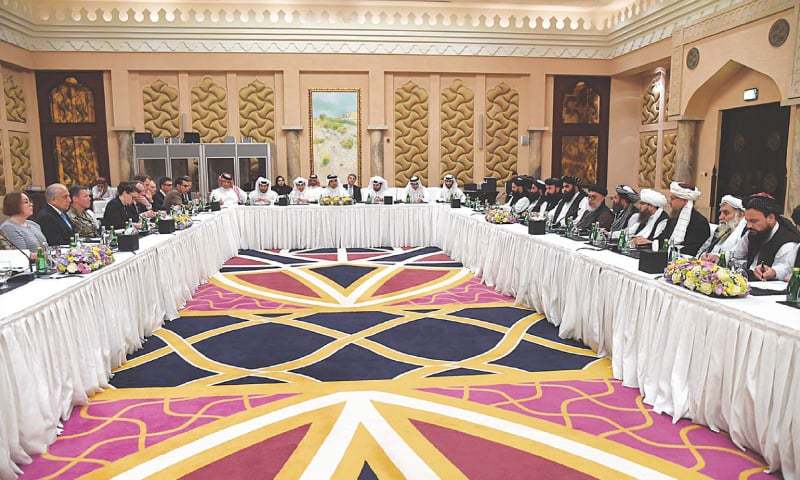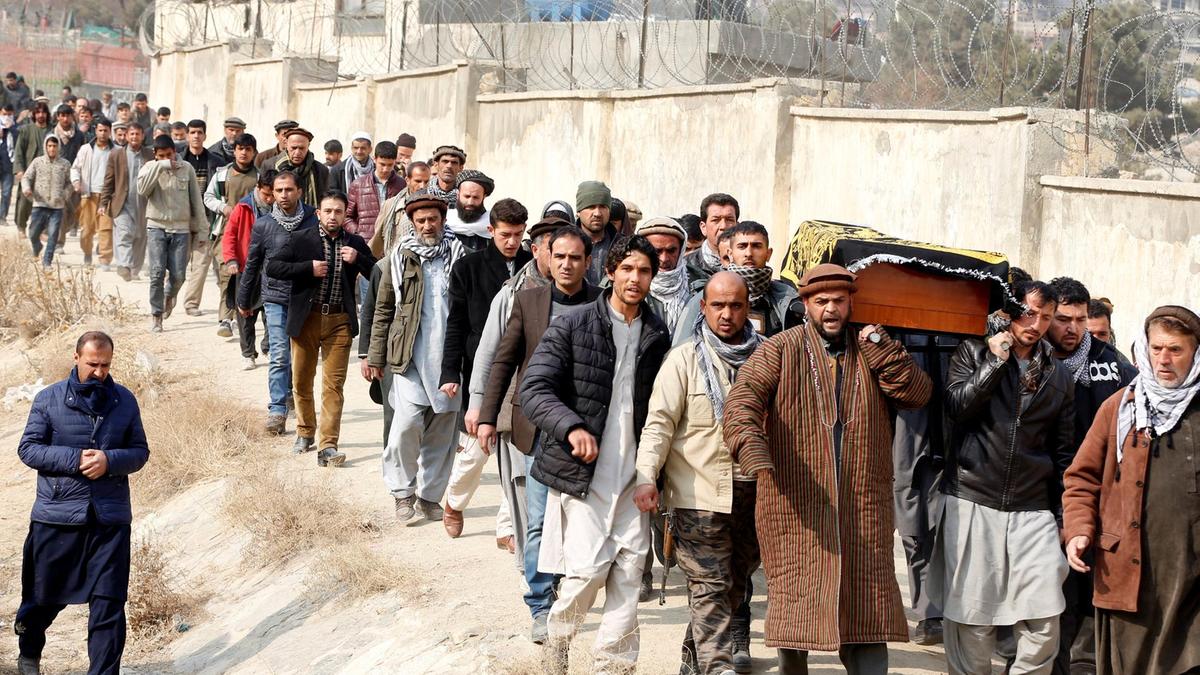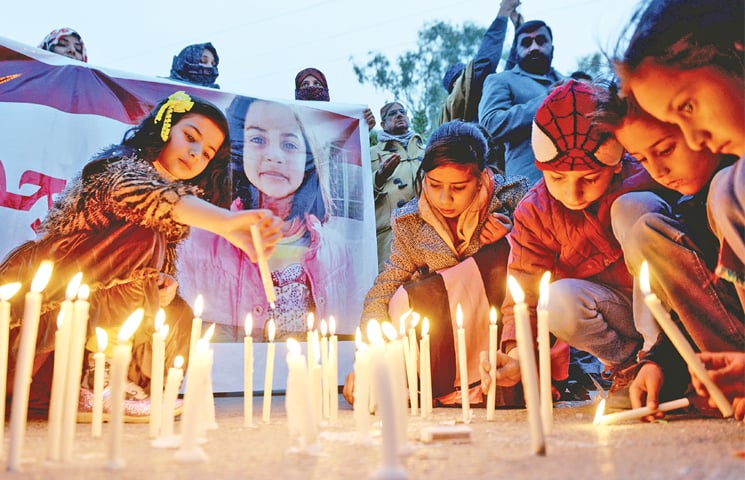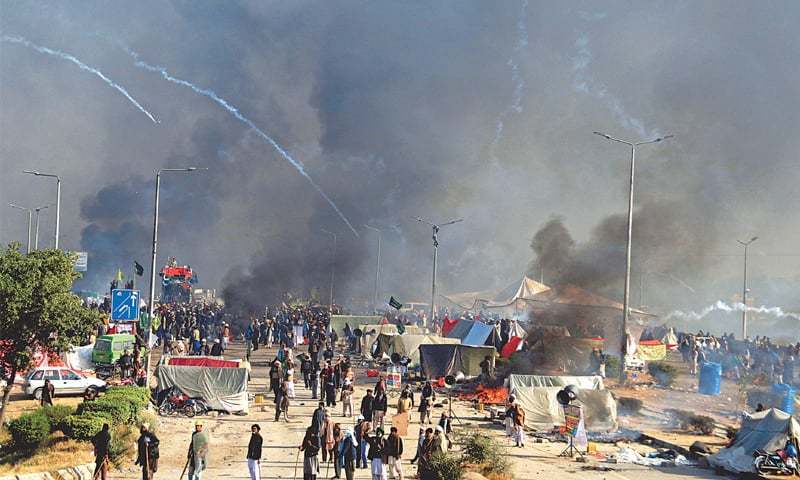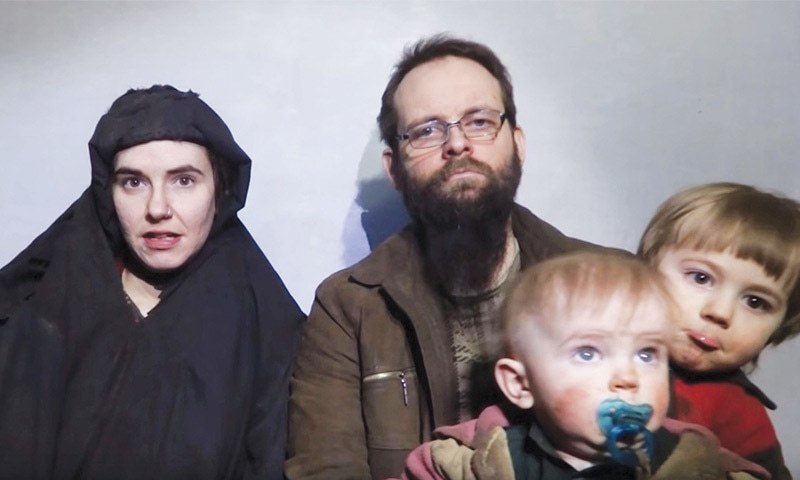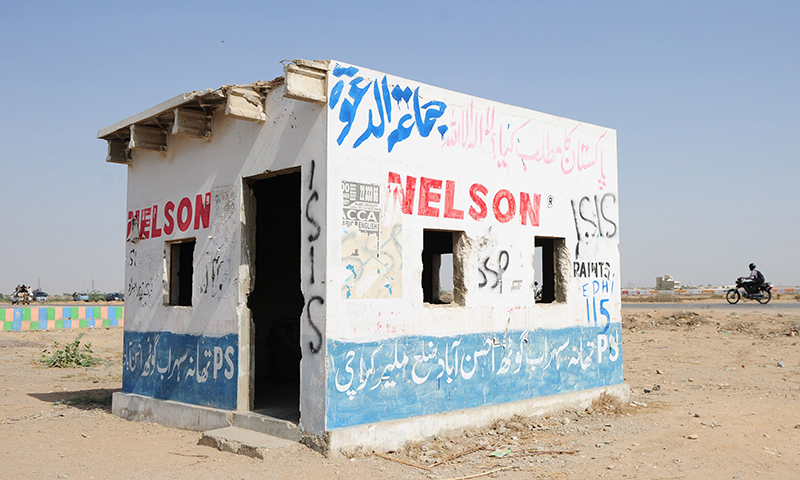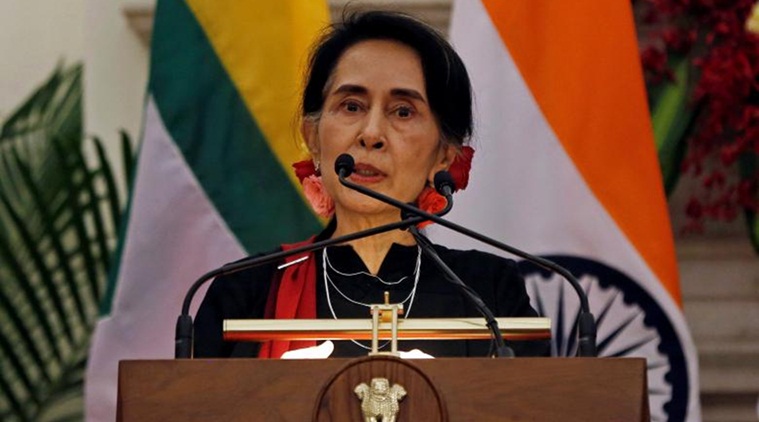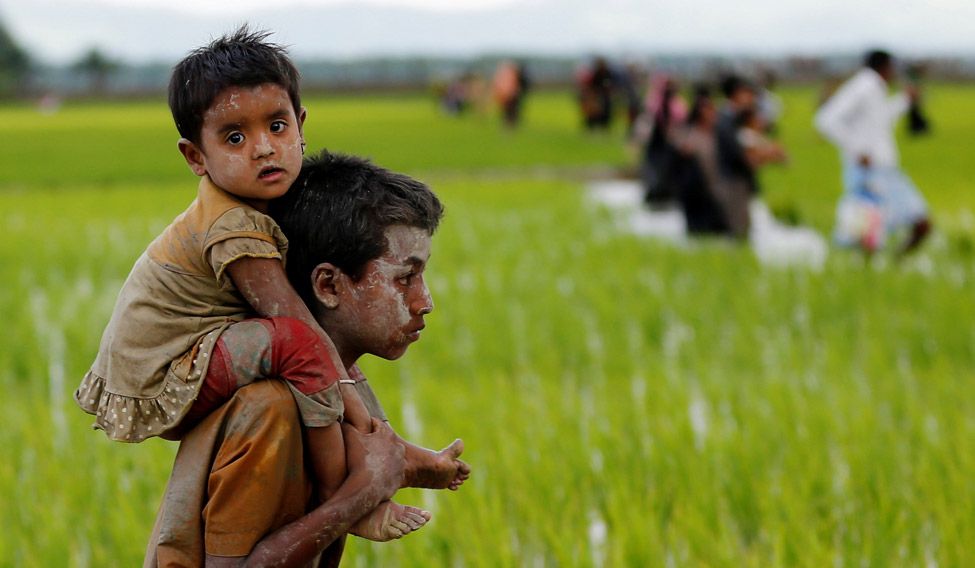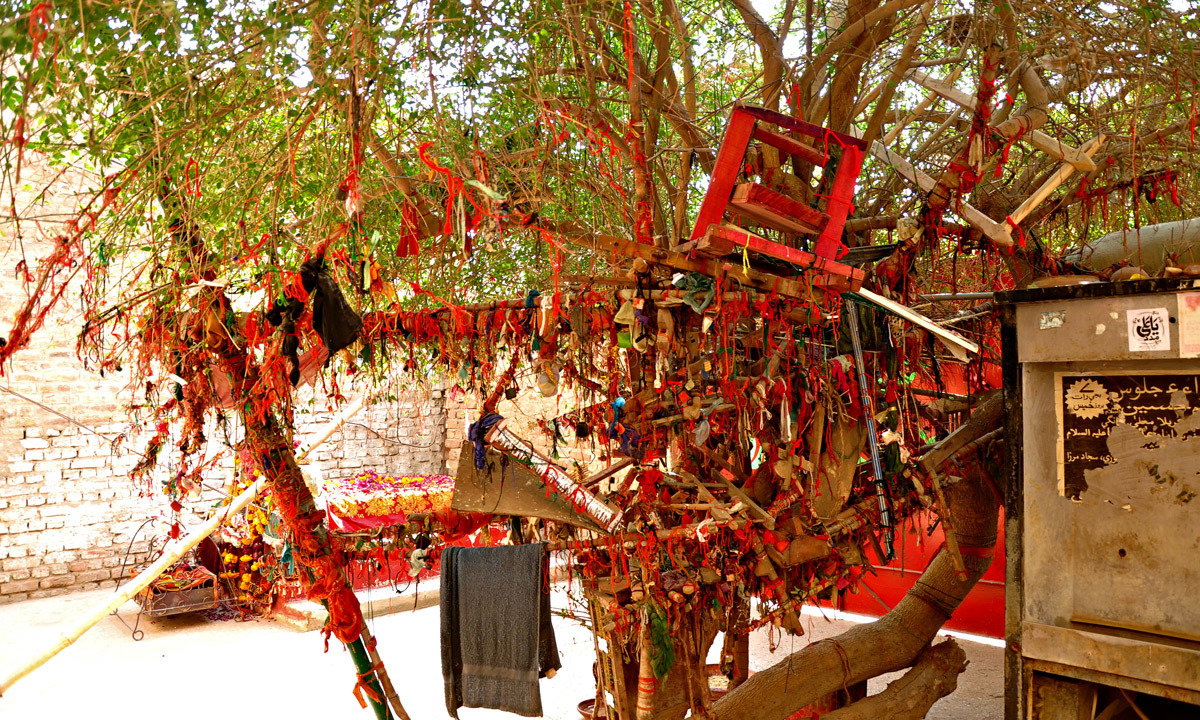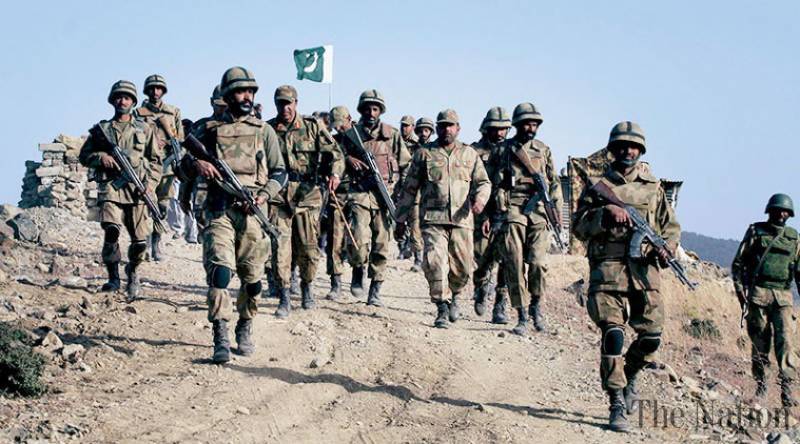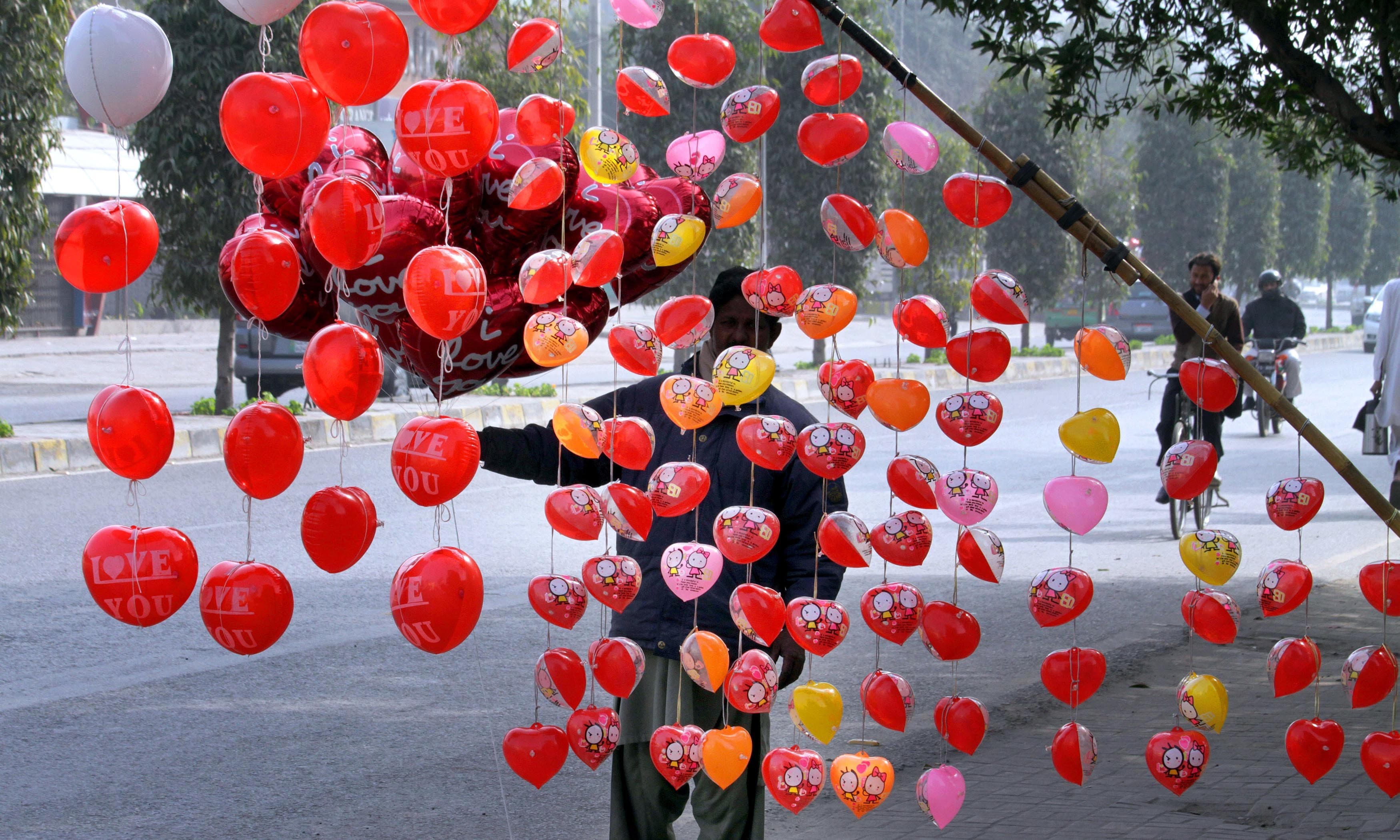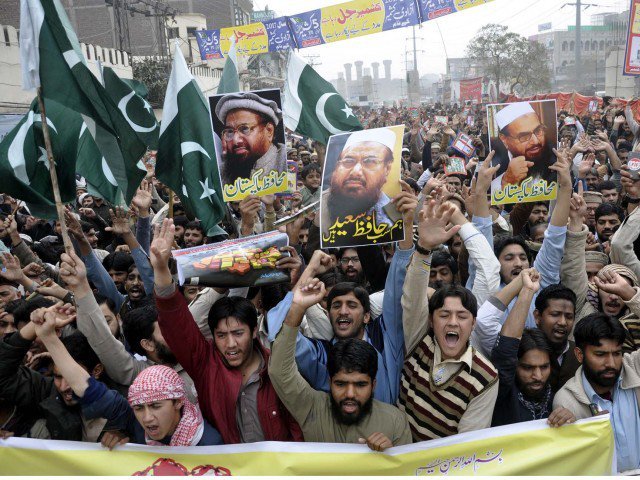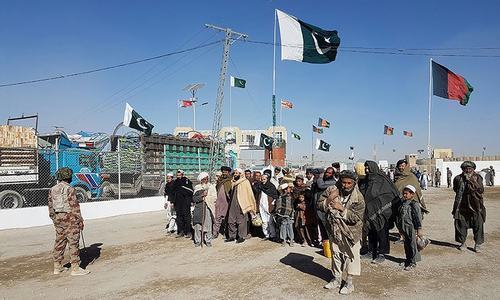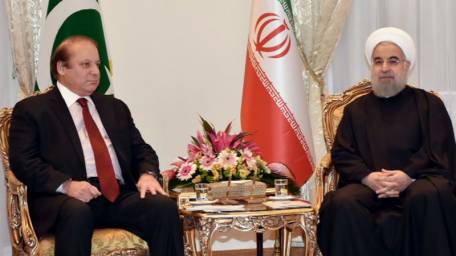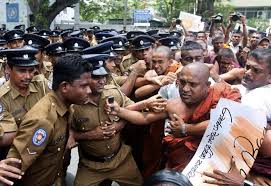
Is there a new fault line emerging in Sri Lanka? One could sense a build up over the last few years. Otherwise, why should a small road incident in Kandy, far away from Colombo should trigger a communal riot across the country?
Conflict Reader # 47, 27 March 2018
CR Analysis
D. Suba Chandran
Professor
International Strategic and Security Studies Programme (ISSSP)
National Institute of Advanced Studies (NIAS), Bangalore
On 18 March, the Sri Lankan President Sirisena lifted the national emergency that was imposed 12 days earlier, as a response to violence against the Muslims. As the country is limping back to normalcy, there are more questions to answer, and tough decision to make for the Sri Lankan government.
Buddhists and Muslims: Is there a new fault line emerging in Sri Lanka?
Sri Lanka has witnessed a deadly conflict between the Liberation Tigers of Tamil Eelam (LTTE) and the Sinhalese majority. The violence had come to an end ten years ago, with the demolition of the LTTE; but the country is still fighting to bring the conflict to an end. Normalcy is limping back in the north and east of Sri Lanka, where most of the Tamil communities live.
Post-LTTE phase, when everyone in Sri Lanka and outside are getting relieved about the slow return of normalcy and its positive economic implications, during the last few years, there seems to be an emergence of another fault line – this time between the Muslims and Sinhalese.
One could sense a build up over the last few years. Otherwise, why should a small road incident in Kandy, far away from Colombo should trigger a communal riot across the country?
It all started with a road rage in Kandy, when a Sinhalese driver was attacked by a group of Muslim men; when the driver died subsequently, the situation turned violent, with local Buddhist monks leading a mob, that ransacked Muslims houses and property, and even mosques. Kandy in Central Sri Lanka, has always remained a silent town and kept itself away from the violence that happened during the war. So the violence against the Muslims was a surprise in this part of the world.
The above, however, is not an isolated event in Sri Lanka. A few years ago, in 2014, a similar riot took place in a small town in South Western Sri Lanka – Kalutara district. Shops, homes and prayer houses were set on fire by a Sinhalese mob, again led by the monks. This riot also started with an altercation between a Sinhalese and Muslim youth.
Evidently, the society is divided today, than ever before. While there is an anti-Muslim sentiment amongst the Sinhalese mobs, the Muslims fear the majority, and have been reluctant to engage in a public confrontation so far. What happened in Kandy and Kalutara were isolated and individual incidents, but the Sinhalese mob used it as an excuse.
But, why an anti-Muslim sentiment within the majority Sinhalese?
Sinhalese are predominantly Buddhist and have an overwhelming majority in Sri Lanka. So, why should they have be apprehensive about a minority community – that is divided within in terms of Moors, Malays, Memons, Bohras etc, and speak different languages? Even the largest Muslim community in the island – the Sri Lankan Tamil Muslims stand divided with their Tamil brethren, because of an internal divide accentuated by the LTTE. Geographically, the Sri Lankan Muslims are concentrated on the eastern coast of Sri Lanka and around Colombo. How to explain the majority Sinhalese apprehension against a minority community that is divided within?
There have been a few theoretical explanations – Clash of Civilizations, Sinhalese as a majority with a minority complex, Islamaphobia, Search of an “other” who could be projected as an enemy to have a unification within – are a few among them. But these are only partial explanations, which are more on the theoretical realm. They may well be true, but do not explain the actual reasons at the ground level.
At the local level, there are two major fears amongst the majority community – that are secular, than religious. First, there is an overwhelming fear of demographic change amongst a section within Sri Lanka, that the Muslim population is ever-expanding, and that one day the Sinhalese will become a minority in Sri Lanka. This fear – far-fetched or otherwise, is not only amongst the Sinhalese in Sri Lanka, but also among many other communities in South Asia and Southeast Asia. For example, a section in India’s Northeast believes, that the region will become a Muslim majority shortly. One could trace a similar fear in Myanmar as well; the uncontrolled population growth of the Muslims has become an important debate in Myanmar, leading to a broader national sentiment against the Rohingyas.
The second fear – again at the local level in Sri Lanka – is economic. The Sri Lankan Muslims have been engaged in business; this has been going on for generations. Traditionally and historically, they have been trading with Southeast Asia, India and West Asia. A section within Sri Lanka believes that the Muslim traders also engage in unfair means – referring to smuggling or dealing with smuggling goods. As has been the case in rest of South Asia, local business/economic stakes do play a role in accentuating communal riots.
The Rise of Bodu Bala Sena (BBS)
While the different districts have local issues, the rise of Bodu Bala Sena – a radical organization led by Buddhist monks – provide a nationalist and religious umbrella to the violent response.
The BBS has seen a remarkable rise during the recent years. A section within the Buddhist clergy supports the BBS. It is essential to underline, that the activities of the BBS do not have unanimous support amongst the entire Buddhist clergy and the Sangha.
The BBS has picked up few issues, which has projected it to the centre of media focus. The Rohingya issue in Myanmar, attacks on Buddhists elsewhere, conditions of the Sinhalese in West Asia are a few global issues – that made the BBS get a larger international coverage. However, within Sri Lanka, it picked a series of communal issues – like the ones in Kalutara and Kandy.
The rise of BBS has to be equated with political support and fear amongst the ruling government. Successive governments in Sri Lanka have always been wary of taking actions against the clergy and Sinhala radical groups. The Sirisena government, especially after the February elections, where Mahinda Rajapakse has made remarkable advances is even more wary of offending the Sinhala sentiments. The lack of State action, further emboldens the BBS.
The Myanmar Copycat
Violence against the Muslims in Sri Lanka during the recent years and the violence against the Rohingyas in Myanmar is more than a coincidence. The latter seems to have played a role in the former.
The BBS, in particular, have been talking about the Rohingya issue within Sri Lanka. When a few Rohingya refugees arrived in Sri Lanka, there was a huge uproar against their presence. A few years ago, in 2014, the BBS hosted Asin Wirathu, a radical monk from Myanmar in Sri Lanka. There were also a few statements about the coming together and joining hands to protect the Buddhists.
Going by responses and statements about the Rohingyas in Sri Lanka, one could conclude that the former has an impact on the anti-Muslim violence in the latter.
The reluctance of the State
More than the rise of the BBS, it is the reluctance of the State to take action against the violent activities of the former, that has pushed the rightist organization to the centre stage in Sri Lanka.
There were instances of the BBS walking to the police stations and threatening the officials to release its activists. The government troops – police and army – were complained of doing nothing, when the riots were taking place. Worse, when the emergency was imposed, the local Muslim population complain that only the victims follow the restrictions, while the perpetrators of violence openly violate it, with the security forces remaining as mute spectators.
Worse, was the reluctance of the government to pursue cases against the perpetrators of the BBS. People repeatedly question – what had happened to the previous cases of violence?
The State in Sri Lanka is wary of the Sinhala nationalists. This has been the case and a primary reason for the problem. By remaining silent, the State is not only abrogating its responsibility but also making the conflict worse.
The silence of the Majority
Finally, what makes the issue worse is the silence of the majority. Many well-meaning Sri Lankans, cutting across the ethnic and religious lines, despite knowing where the problem is – prefer to maintain silence.
And of course, one cannot blame them, for the white van phenomenon in Sri Lanka is a residue of the conflict and also that of the Rajapakse regime. This government should have gone ahead and protected the freedom of speech.
This is unfortunate. And this will come back and haunt Sri Lanka
